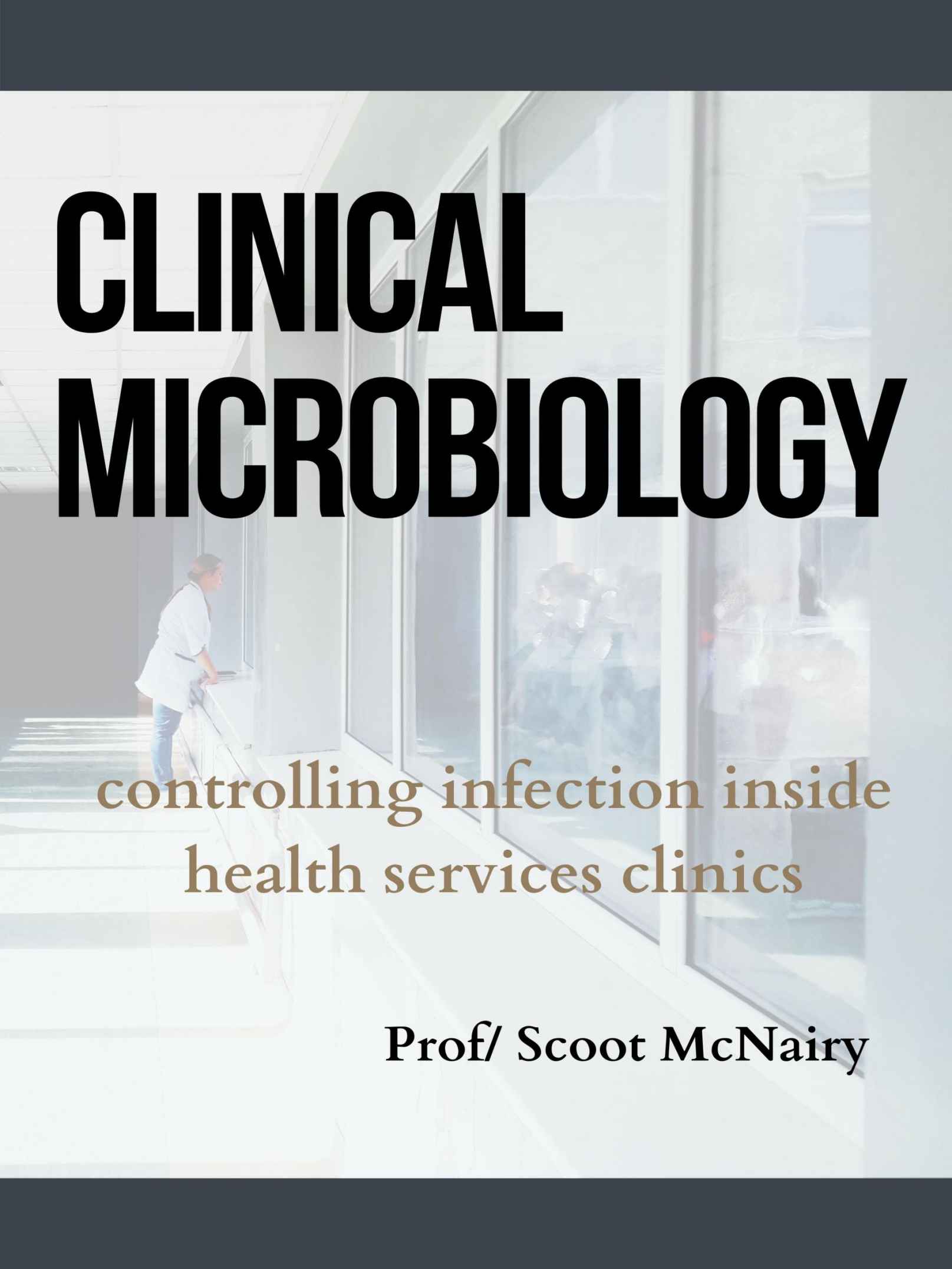
Clinical Microbiology
Controling the Infection
Inside health Service clinics
Prof/ Scoot McNairy
LABORATORY OF MICROBIOLOGY CLINICAL
The objective of the microbiology laboratory is not only to point out who is responsible for a certain infectious state , but rather to indicate, through the monitoring of microbial populations , which is the profile of the microorganisms that are interacting with man. With this information, the health team is able to define which microorganisms may be responsible for the patient's clinical condition and, thus, propose a more appropriate treatment . In However, to achieve these goals, microbiology laboratories should have a structure able to establish information on the best sample biological, recognize the flora normal recognize the contaminants, identify microorganisms whose treatment benefits the patient, identify microorganisms for purposes epidemiological, get results fast in cases of emergency, rationalize the use of antimicrobials, hold fast shipping of samples and reporting of the results and maintain an education continuing medical in relation to aspects of infection hospital.
The first edition of Procedures Manual Basic Clinical Microbiology to Control Infection Hospital had as proposal to standardize the techniques microbiological considered fundamental in routine and they could give support to the activities of the Control Committees Hospital Infection. If, on the one hand, its virtue was the simplicity and objectivity in the development of the themes, its limitations and the rapid evolution of knowledge in this area soon demanded its updating.
We are now on the opportunity to redeem some flaws that first edition, looking expand and deepen themes considered essential, counting with one select and reputable body editorial and employees. Our expectation isthat microbiology laboratories , based on the bases offered by this Manual, can assimilate and reach new levels of laboratory complexity, meeting the requirements and characteristics of each hospital unit .
We not had the intention to reach the content and the depth of hand-texts of microbiology traditionally consulted and who also served in the reference, but rather to serve as a manual bench standard techniques, standardized basic procedures and information updated utility in the middle hospital.
This revised and expanded edition was programmed in modules , covering the following topics:
Module I Main infectious syndromes
Module II Security and control of quality in laboratory clinical
Module III Laboratory procedures: from test request to microbiological analysis Module IV Description of culture media used in microbiological tests Module V Detection and identification of medically important bacteria
Module VI Detection and identification of medically important mycobacteria Module VII Detection and identification of fungi of importance medical
Module VIII Detection and identification of viruses of important medical ( in production ) Module IX Main methods of detection of resistance in the Clinical Laboratory ( in production )
Module X Microbiology Laboratory and its interaction with the Hospital Infection Control Commission ( in
production )
We hope to meet the vast majority of microbiologists who, far from the major centers, do not have access to information updated in the area of microbiology and that better trained, can live up to the expectations of the Hospital Infection Control Committees, offering one updated technical support and more efficient.
INTRODUCTION TO HOSPITAL INFECTION
A major concern in health care is the high incidence of hospital infections or nosocomial, ie, infection acquired in hospitals during hospitalization or after discharge of the patient, when this was hospitalized or passed by procedures doctors.
Nosocomial infection affects the entire world and represents one of the causes of death in hospitalized patients . In Brazil, according to the Ministry of Health, the average rate of hospital infection is around 15%, while in the US and Europe it is 10%. It should be remembered, however, that the rate of hospital infection varies significantly, as it is directly related to the level of care and complexity of each hospital.
Different microorganisms like bacteria, fungi, and viruses cause hospital infections. The group of pathogens, however, that stands out is the bacteria that make up the human flora and that normally do not pose a risk to healthy individuals due to their low virulence, but which can cause infection in individuals with compromised clinical status - thus called bacteria opportunists.
The second group of medical importance in hospital infections are fungi, being Candida albicans and the Aspergillus the pathogens most frequently. The fungi are responsible for approximately 8% of hospital infections. Among the viruses, hepatitis B and C virus, enteroviruses and viruses associated with nosocomial pneumonia are commonly recorded. Viruses represent around 5% of infections.
Generally, the most frequently affected hospital infection sites are the urinary tract, surgical wounds and respiratory tract. The pathogens that lead the ranking of hospital infections are described in the table below.
Most common agents of nosocomial infections
Pathogen sites common to isolation of the pathogen Bacteria Gram negative
Escherichia coli Urinary tract , surgical wounds , blood Pseudomonas sp tract urinary tract respiratory, burns Klebsiella sp tract urinary tract respiratory, wound surgical Proteus sp Urinary tract , surgical wounds
Enterobacter sp tract urinary tract respiratory, wound surgical
Serratia sp urinary tract, respiratory tract, surgical wounds Bacteria Gram positive Streptococcus sp tract urinary tract respiratory, wound surgical
Staphylococcus aureus Skin, surgical wounds, blood Staphylococcus epidermitis Skin, surgical wounds, blood Fungi
Candida albicans urinary tract , blood
other urinary tract , blood, respiratory tract
The hospital environment is inevitably a large reservoir of virulent and opportunistic pathogens , so that hospital infections can be acquired not only by patients, who are more susceptible, but also, although less frequently, by visitors and employees of the hospital itself.
The pathogens involved in hospital infections are transmitted to the individual either endogenously, that is, by the patient's own flora or by exogenous route. The latter includes vehicles such as hands, secretion salivary fluid bodily, air and materials contaminated, as for example, equipment and tools used in medical procedures. Many of these procedures are invasive, that is, they penetrate the protective barriers of the human body, in order to increase the risk of infection (see Table)
 The main factors that influence the acquisition of an infection are: immune status
The main factors that influence the acquisition of an infection are: immune status
 age (newborns and elderly are more vulnerable)
age (newborns and elderly are more vulnerable)
 Use abuse of antibiotics
Use abuse of antibiotics

 procedures doctors, in particular, the invasive immunosuppression
procedures doctors, in particular, the invasive immunosuppression
 flaws in the procedures of control of infection
flaws in the procedures of control of infection
Examples of microorganisms from normal human flora
Next page
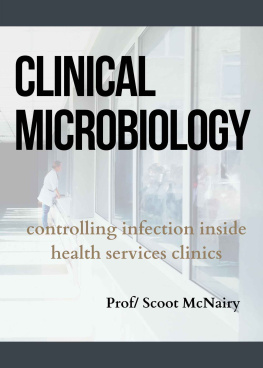




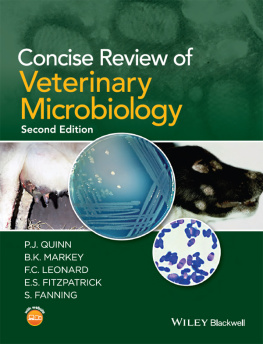
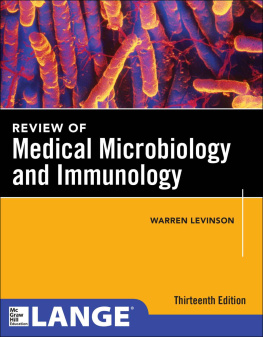
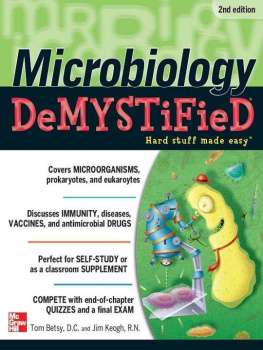

 The main factors that influence the acquisition of an infection are: immune status
The main factors that influence the acquisition of an infection are: immune status